- Learning time
- 20 minutes
- First play time
- 60 minutes
Star Cartel
Designed by: Martin Boisselle
In Star Cartel players are rival traders, loading and shipping goods in their space ships, and keeping some for themselves on the quiet. What you keep, and what you deliver, defines your success in the game…
Each player begins with a ship card that will carry seven goods, and goods cards are laid out centrally as a face-up tableau, with number values between 1 and 4. Also central is a board that keeps track of all the values of each of the goods: there are five in total. On your turn you must choose any goods card from the bottom row, and then – if you want to – you may take a second card as well. These are placed in front of you, considered loaded on your ship. As soon as your ship is fully-loaded (or on any turn where you can’t legally add any more goods cards) you deliver: the goods you have most of will increase in value (by two spaces on the board), and the goods you have least of will decrease in value (by one space). Crucially, you can stash one of any goods set you might have left over: keeping it for yourself i a face-down pile.
Having delivered, you take a new ship from a draw deck. The news ships slowly increase in capacity, so as the game goes on you’re able to take more and more cargo, and – potentially – stash more and more cards. The ships also have special abilities – use them wisely – and a points value themselves, so when the game ends (after a delivery where there are no ships left to draw from) each player gets one last chance to deliver before points are scored. Delivering less than a full load at this stage means the highest value good only increases by one, and the lowest value not at all.
Each stashed card at the end is worth points equal to where its marker is on the central board – anywhere between 1 and 9 points – and the final round is really crucial, as the goods values can make or break your game. If a good ever becomes worth ‘more than’ nine points, it returns to the bottom of the track again and this can be a real heartache. Don’t forget to score the points value of your ship too – the last available one is worth ten points more than the ones just before it!
Joe says
This is a curious puzzle - I'd like to play again. I can't see it changing much from game to game, so it may not have a huge amount of replayability.
The guru's verdict
-
Take That!
Take That!
You're delivery people, not combatants, but that doesn't mean there is no interaction. You can openly see what cards people need for their ship, and pick from the tableau shrewdly to stop them getting it.
-
Fidget Factor!
Fidget Factor!
On a first play it's not the most intuitive game. But after that, things move pretty quickly.
-
Brain Burn!
Brain Burn!
The catch here is that you can't stash cards of the type you're improving the value of, so you need to work from round to round: ideally delivering food, for instance, in one round and stashing flora, then doing the reverse on a subsequent delivery.
-
Again Again!
Again Again!
The game is actually pretty repetitive, and it's not drowning in strategy. We wouldn't say it's one you can play over and over again in quick succession, but it's more interactive - and more interesting - than it first appears.

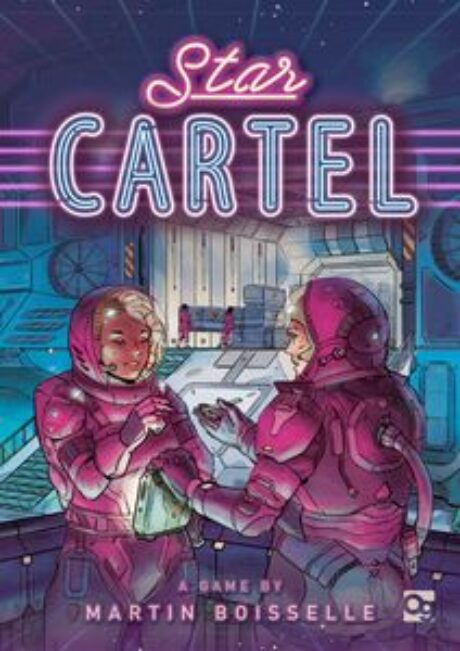

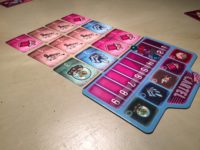

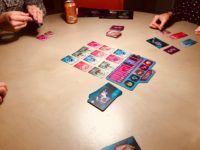


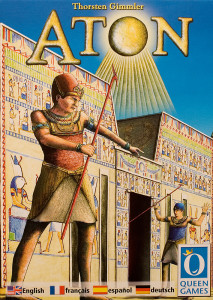
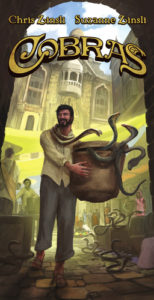

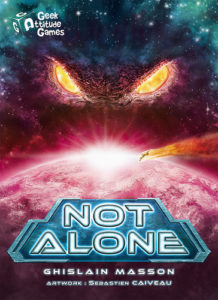

Sam says
It's an interesting game - the final round is absolutely crucial, and I found myself pushing down the value of goods I had stashed most of, in order to stop anyone else 'busting' it and turning my 8 points per card into 1 point per card instead. If I was being finicky I'd say it feels a mite long for what is basically an abstract game (the theme could be anything), but I enjoyed by initial play enough to try it again.